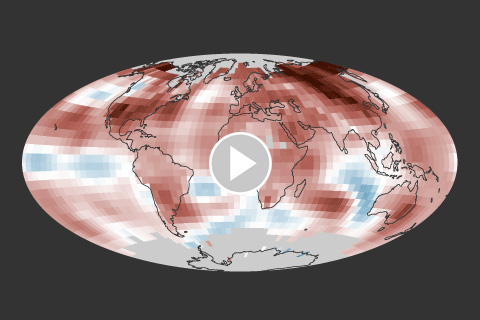
The 2017 average temperature was the third highest since 1880, behind 2016 (warmest) and 2015 (second warmest).

Drought is about more than lack of rainfall. A new tool keeps track of another major player: how thirsty the atmosphere is.

NOAA scientists have released the 2017 Arctic Report Card: the complete guide to climate conditions in the planet's Far North.
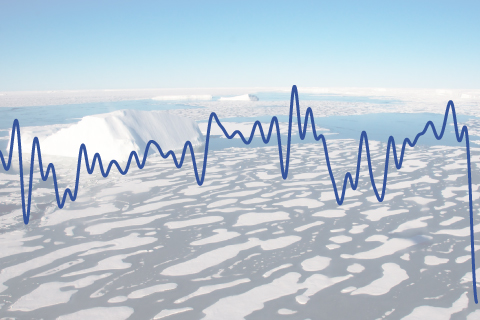
Paleoclimate records show that while there have been several periods over the past 1,450 years when sea ice extents expanded and contracted, the decrease during the modern era is unrivaled.
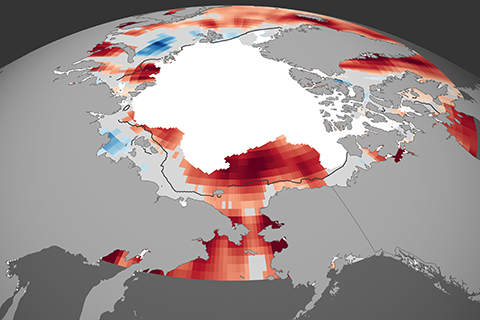
Since 1982, the rate of surface warming in some Arctic seas at the height of summer is more than quadruple the rate of warming in the global ocean.
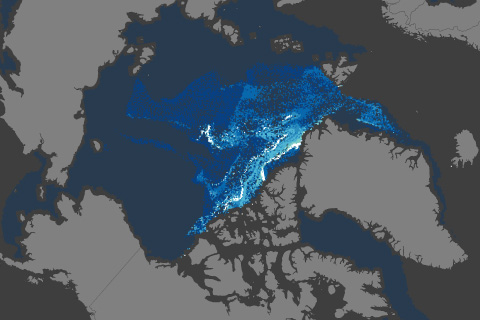
Very old ice—thick, strong, and more melt-resistant—has nearly vanished in the Arctic. In March 2017, it made up less than 1 percent of the ice pack.
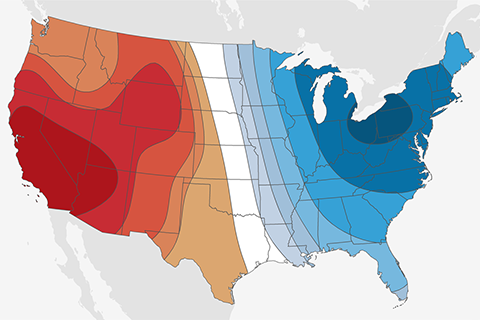
The most recent 8-14 day outlook for the United States predicts a turn towards wintry temperatures across the eastern United States, but much warmer than average temperatures in the West.
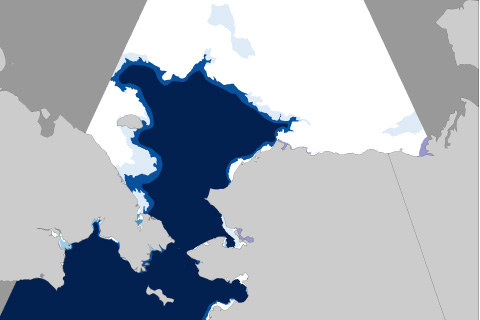
Where winter sea ice should be starting to cover the ocean, thousands of square miles of open water stretch westward from Alaska across the Bering and Chukchi Seas in November 2017.
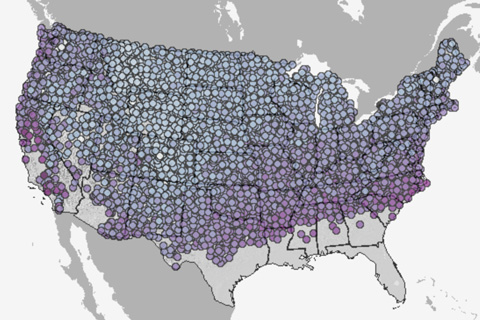
If you define the start of winter as the arrival of the first snow, what's the earliest winter has arrived at the weather station nearest you?

Once at odds, a climate expert and botanist who studies ancient plants later teamed up to improve understanding of one of the warmest periods in Earth history.